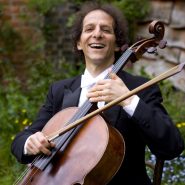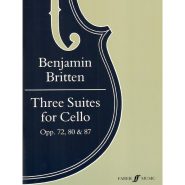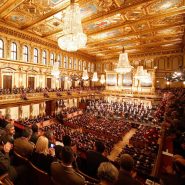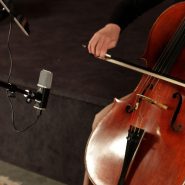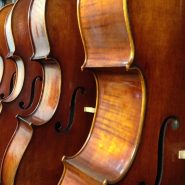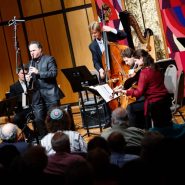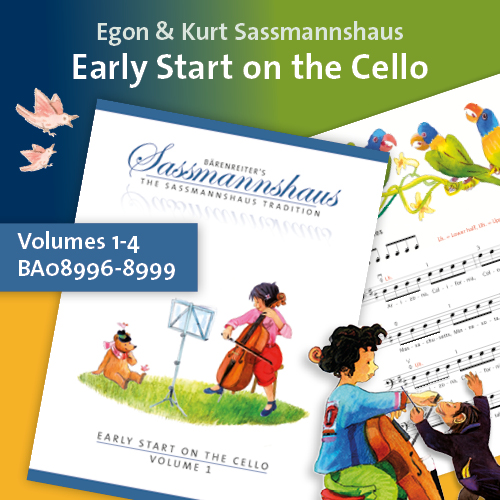Tag: Zelkowicz
By Aron Zelkowicz December 8, 2013
Subjects Interviews, Repertoire
Tags Aron, Britten, Britten Cello Suites, Britten Cello Symphony, cello, cellobello, chant, conducting, improvisation, interview, Introduzione, Isserlis, manuscript, multiple versions, performance, premiere, recording, Rostropovich, Russian Orthodox Liturgy, Shostakovich, Sonata, Steven, Tavener, third suite, Zelkowicz
By Aron Zelkowicz November 21, 2013
Subjects Interviews, Repertoire
Tags analysis, Aron, Bach, Benjamin Britten, Britten, cello, cello suites, cellobello, Colin Carr, composition, differences in performance, Growth, interview, live recording, live-performance, Menlo, Menuhin School, microphones, Music@Menlo, performance, recordings, Rostropovich, solo debut album, Suites, Zelkowicz
By Aron Zelkowicz November 12, 2013
Subjects Repertoire
By Aron Zelkowicz November 12, 2013
Subjects Interviews, Repertoire
Tags Aron, audience, Benjamin Britten, Britten, Britten Cello Suites, cello, cello suites, cellobello, complete suites, discoveries, discovery, editorial markings, fingerings, inflection, interview with Steven Doane, movements, performance, perspective, phrasing, recital, recitals, recordings, Sound, Steven Doane, Suites, Zelkowicz
By Aron Zelkowicz November 12, 2013
Subjects Repertoire
Tags 1971, Aron, Benjamin Britten, Britten solo cello suites, canto, cello, cellobello, centenary, compelling interpreters, effect, Effective, genius, grandiose, indulge, Janos Starker, memory, movements, Mstislav Rostropovich, navigation, non-verbal drama, opera, Performing, personality, pizzicati, silences, solo cello suites, solo suites, Suites, Zelkowicz
By Aron Zelkowicz November 9, 2012
Tags acoustics, Aron, audience, cello, cellobello, challenges, Dvorak, endpin, gestures, illness, live performances, musicians, orchestras, perspective, stage, struggle, themes, tour, Zelkowicz
By Aron Zelkowicz January 19, 2012
Subjects Chamber Music
By Aron Zelkowicz September 23, 2011
Subjects Repertoire
By Aron Zelkowicz August 12, 2011
Subjects Chamber Music
By Aron Zelkowicz July 16, 2011
Subjects Artistic Vision

